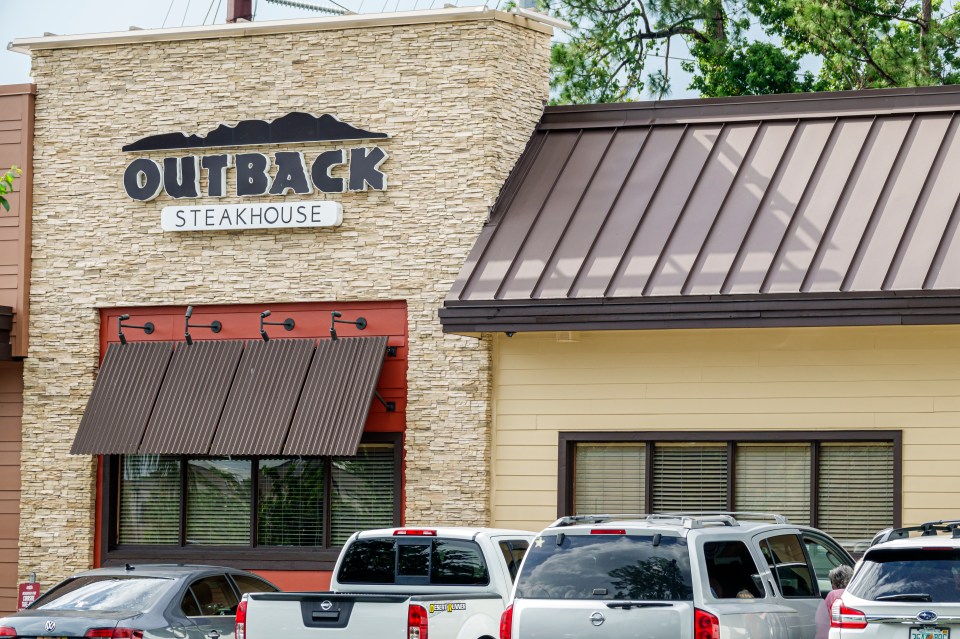Bald Eagles Most at Risk from Lead Poisoning Among New York’s Deer Scavengers
Recent research by Cornell University highlights that bald eagles are the most vulnerable to lead poisoning from hunters’ ammunition among deer scavengers in New York State. Analyzing over 30 species that feed on white-tailed deer carcasses, researchers found that bald eagles are at the highest risk of ingesting toxic lead fragments from lead bullets, which are known to break apart on impact.
The study, which used game camera images contributed by New Yorkers, identified 14 bird and 17 mammal species that scavenge deer remains. Lead poisoning has been confirmed as a significant issue for bald eagles, with nearly 40% of affected eagles showing toxic levels of lead. This toxicity has been linked to a slowed population growth rate, impacting their resilience to other threats.
The New York State Wildlife Health Program, a collaboration between Cornell and the Department of Environmental Conservation (DEC), has been focused on bald eagles due to their high exposure rates. The researchers’ findings affirm the need for continued monitoring and expanded lead testing for other species.
Read More News:
- Tragedy Strikes Lowell: Teen Killed by Boyfriend Before Graduation
- Tragic Attack! ELDERLY MAN KILLED by Neighbor’s DOGS in Lawrence County
Efforts to address lead poisoning include promoting the use of non-toxic ammunition among hunters. New York State has implemented a rebate program for non-lead bullets and incorporated lead alternative information into hunting education.
For more information on this study, visit Phys.org.











